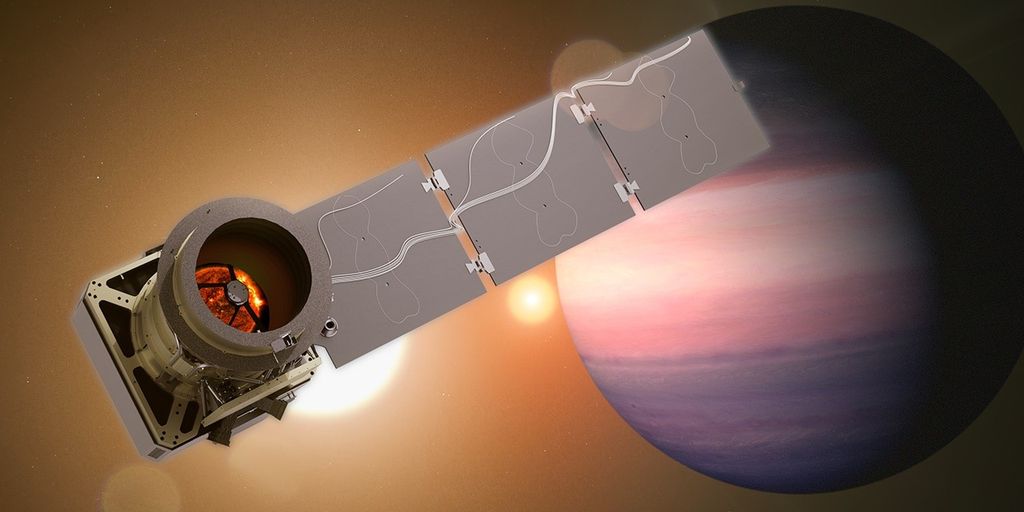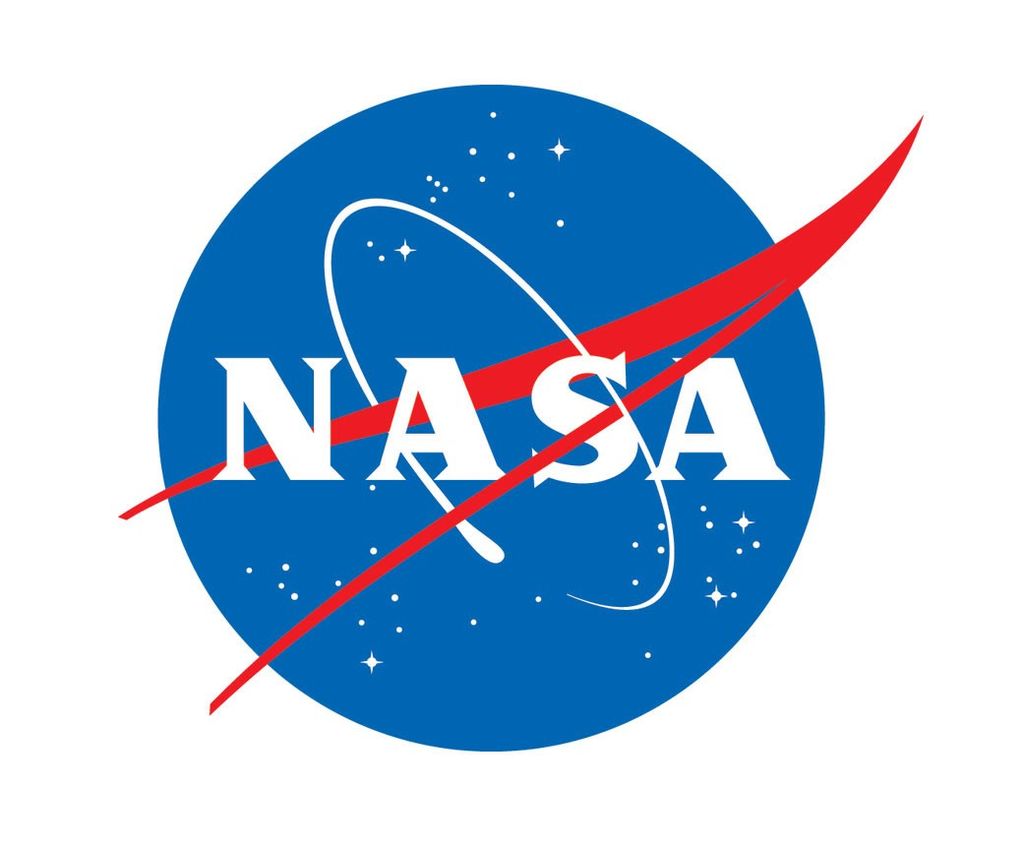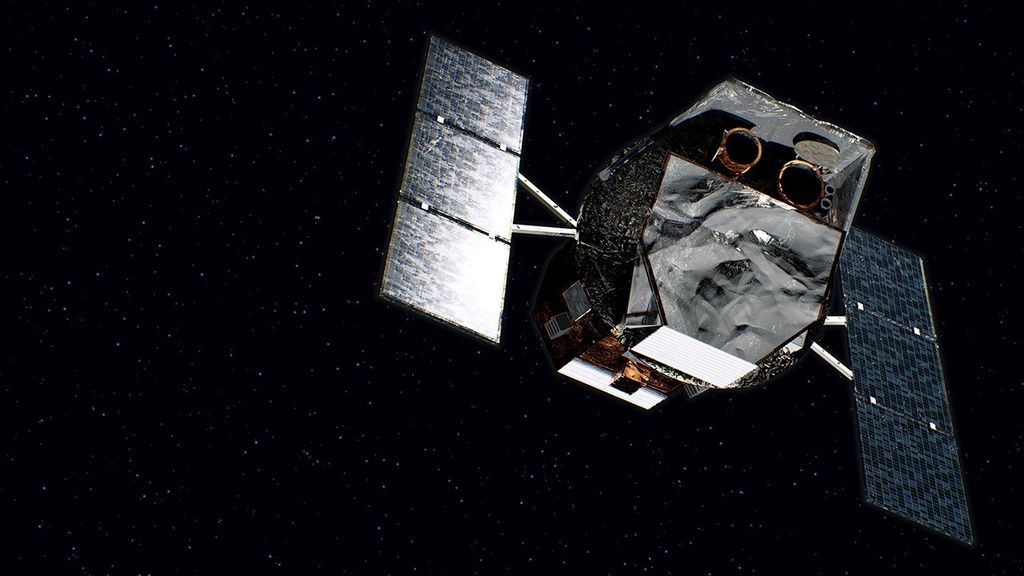Latest News
HDTN Hosts IEEE Workshop on Optimizing Interplanetary Communications Through Network Autonomy
Learn more: IEEE Workshop on Optimizing Interplanetary Communication Through Network Autonomy: vTools Events
HDTN Conducts Large-Scale Flight Testing During 2024
Glenn’s HDTN project has successfully streamed 4K UHD video between a NASA PC-12 aircraft and the International Space Station, across the LCRD laser communications network. Accomplishments include:
- Completion of file deliveries between the space station and PC-12 aircraft at over 900Mbps.
- Successful operation of BPv7 in space, and with BPSec Integrity and Confidentiality.
- Demonstration of DTN over multiple optical links using a DTN node in space and connected through a multi-node multi-hop terrestrial network.
- Preparation of many publications summarizing these results. Publications will be shared at upcoming space networking conferences and forums.
High-Rate Delay Tolerant Networking (HDTN) Project
4K video footage was routed from the PC-12 aircraft to an optical ground station in Cleveland. From there, it was sent over an Earth-based network to NASA’s White Sands Test Facility in Las Cruces, New Mexico. The signals were then sent to NASA’s Laser Communications Relay Demonstration spacecraft and relayed to the ILLUMA-T payload on the International Space Station.
Learn MoreHigh-Rate Delay Tolerant Networking (HDTN) Project
In an effort to satisfy growing user requirements on data return and expand the capabilities of NASA’s exploration and science missions, there is a drive to accelerate the infusion of optical communications technology with existing radio frequency (RF) capabilities into one operable network. The Space Communications and Navigation (SCaN) program is developing new communications technology that can be used to increase the amount of science data returned on future space missions.
Communicating from Earth to any spacecraft is a complex challenge, largely due to the extreme distances involved. When data is transmitted and received across thousands and even millions of miles in space, the delay and potential for disruption or data loss is significant. Delay Tolerant Networking (DTN) is NASA’s solution to reliable internetworking for space missions. The High-Rate Delay Tolerant Networking (HDTN) project at NASA’s Glenn Research Center (GRC) is developing a protocol suite that acts as a high-speed path for moving data between spacecraft payloads, and across communication systems that operate on a range of different rates.
Technology Advancements
DTN is a computer networking model and a system of rules for transmitting information, often referred to as a protocol suite, that extends the terrestrial Internet capabilities into the challenging communication environments in space where the conventional Internet does not work well. These environments are typically subject to frequent disruptions, links that are limited to one direction, possibly long delays and high error rates.
The HDTN team at NASA GRC has identified several technological solutions to address the space network’s needed upgrades while considering the existing RF infrastructure. The project aims to provide reconfigurable store, forward and routing capabilities that will support evolving mission requirements and developing infrastructure, while providing feedback paths to enable the foundations for future system cognition and autonomy. The implementation includes both proactive and reactive link management solutions to utilize nodes across a heterogenous network in an optimal manner.
Although the hardware and software specifics of an HDTN implementation will be application dependent, the relationship between DTN as a protocol standard and processing architecture, memory storage and I/O elements will remain constant as a reference architecture. The resulting networked buffering solution is general enough to provide mission scalability and interoperability with other DTN implementations.
Future DTN Applications
In May 2016, the International Space Station implemented an institutional Delay Tolerant Network (DTN) service to support payloads. The Space Station DTN implementation greatly enhances the reliability of the payload science data transmissions and reduces operational overhead and planning and provides an architecture to support future mission support applications. The research and development team at NASA Glenn is currently working on an application for the International Space Station. The Space Station HDTN implementation is software-based to function on the existing processors on-orbit. The prototype has successfully and consistently demonstrated bundle routing across a test bed emulator in the laboratory.
The work being completed at NASA GRC is done in collaboration with NASA Marshall Space Flight Center, and will be combined with their DTN implementation, known as DTN-ME, for delivery to the Space Station. Future spacecraft applications may require faster rates than the current arch texture can provide, so a hardware accelerated version of HDTN is also under development, targeting 100-200 Gbps, using field programmable gate arrays.
Download the Latest HDTN Code
Download the latest HDTN code here: GitHub – nasa/HDTN
Download the HDTN User Guide
Download the HDTN User guide here: High-Rate Delay Tolerant Networking (HDTN) User Guide Version 1.1.0
Running and Configuring the Product
This technical presentation is for those interested in running the High Data-rate Delay Tolerant Networking (HDTN) application on their systems.
Software Documentation
The following documents describe the HDTN software requirements, design, implementation, and verification. The documents have been developed following NASA Procedural Requirements (NPR) 7150.2D for Class B software ( Non-Human Space Rated Software Systems or Large Scale Aeronautics Vehicles).
- Data Dictionary – https://ntrs.nasa.gov/api/citations/20240015587/downloads/TM-20240015587.pdf
- Test Framework Requirements – https://ntrs.nasa.gov/api/citations/20240014467/downloads/TM-20240014467.pdf
- Software Requirements Specification – https://ntrs.nasa.gov/api/citations/20240011318/downloads/TM-20240011318.pdf
- User guide –
- Design Document –


































